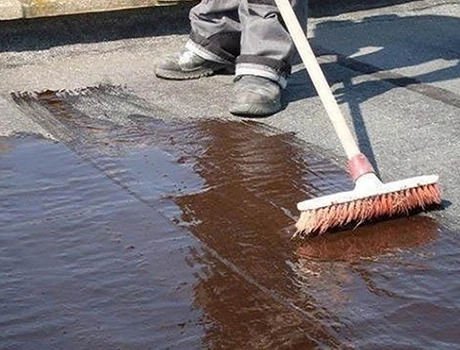The stress corrosion cracks are caused by several factors in combination with environmental factors. These cracks are basically a result of the corrosion and tensile strength combined. While corrosion is concerned with the susceptibility of the pipe material to the surroundings, tensile stress can be concerned with the operational, residual, or external factors. The common symptoms of stress corrosion cracks include pH, the formation of patches, and columns of parallel cracks on the pipe’s exterior surfaces.
These symptoms can be treated using anti-corrosion pypkote wrapping coating materials. However, before the corrosion is treated, the conditions that lead to the stress cracks must be known for proper assessment.
Conditions That Lead To Stress Corrosion Cracks In Pipelines
Potent Cracking Environment
Environment refers to the conditions present at the pipe surface, which may be different from the conditions of the surrounding soil and are separated from the surrounding soil by the pipe coating. The following factors promote this environment which further leads to cracks:
Type of pipe coating
Cracks are prone to occur in those areas of pipes where the pipe coating is damaged. In the absence of a pypkote wrapping coating, pipes won't be able to resist corrosion, the mechanical impact of soil, weathering, and impacts of water transmission and cathodic un-bonding.
Soil
The type of soil, temperature, drainage, CO2 content, electric conductivity, and mixture, are those factors responsible for the formation of cracks.
Temperature
The temperature has a high impact on the occurrence of high pH stress corrosion cracks, while none on the neutral pH corrosion cracks.
Cathodic current levels
Cathodic currents form carbonate and bicarbonate environments on pipe surfaces where high pH corrosion cracks occur.
Stress Cracks Susceptible Pipe Material
A susceptible pipe material also creates an environment that is prone to stress corrosion crack. The pipe quality and characteristics such as manufacturing process, steel type, steel grade, composition, cleanliness, deformation characteristics, temperature, surface condition, etc. are considered to determine the proneness.
Tensile Stress > Threshold Stress
Tensile stress refers to the load per unit area inside the wall of the pipe. When the tensile stress of the pipe is greater than the threshold stress, the chances of cracks increase. A pipe may get stress from different sources like surrounding soil, pipe manufacturing process, the stress caused by the pipe’s contents, etc.
Conclusion
IWL India houses an exclusive range of anti-corrosion coatings, both hot and cold applied, and peel and stick. We are also the supplier of high-performance zinc rich primer, designed to adhere pypkote tapes to mild steel substrates. Get in touch with our team to know in-depth about our products.


